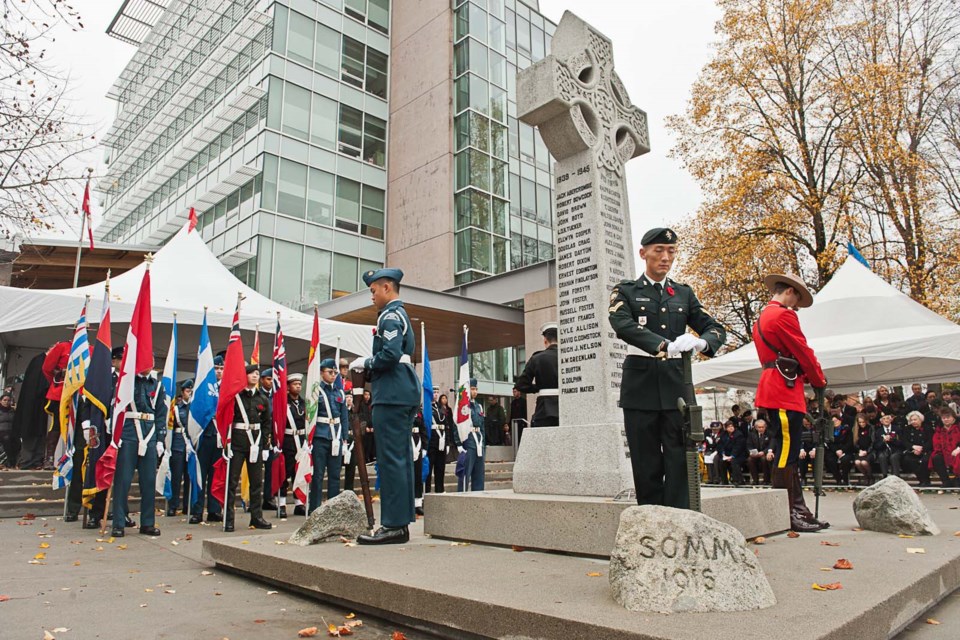1. Cenotaph:
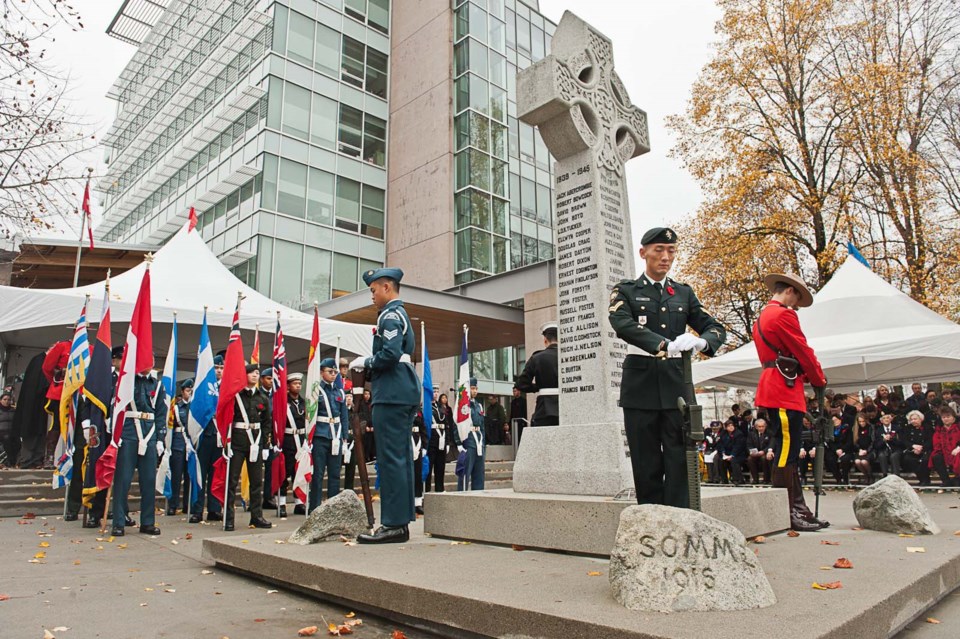
Constructed in 1922, the traditional memorial for those lost in battle sits right outside Richmond City Hall on No. 3 Road, close to Granville Avenue.
The cenotaph is three metres tall and is mainly a hand-carved, granite Celtic cross built as a non-denominational monument to represent popular feeling after the First World War ended in 1919.
The four boulders cemented into the concrete foundation of the cross are carved with the names of four significant First World War battles — Vimy, Somme, Ypres and Amiens — and are a unique design element of the Richmond cenotaph.
The names of the war dead are carved on three sides: On the north side: First World War; on the east: Second World War; and on the west: the Korean War. The south side of the memorial is blank.
2. Fort Steveston information board:
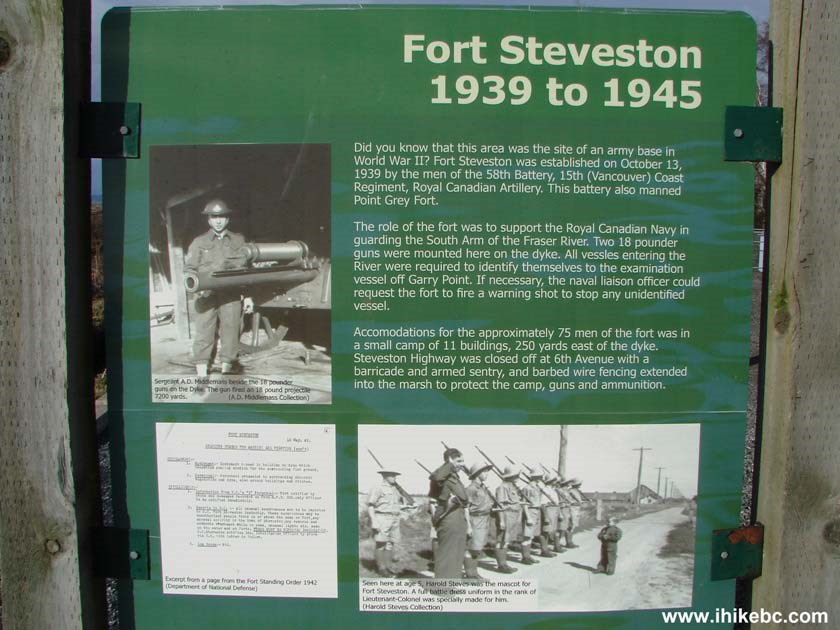
Situated on the West Dyke Trail, at the far western point of Steveston Highway, you can learn all about the little known Fort Steveston, which was fully-manned and operational from 1939 to 1945 by the 58th Battery of the 15th (Vancouver) Coast Regiment of the Royal Canadian Artillery. The fort was protected by the dyke and, at the time, an anti-aircraft gun that used to boom across the dyke out to sea.
3. Steveston Museum and Visitor Centre:
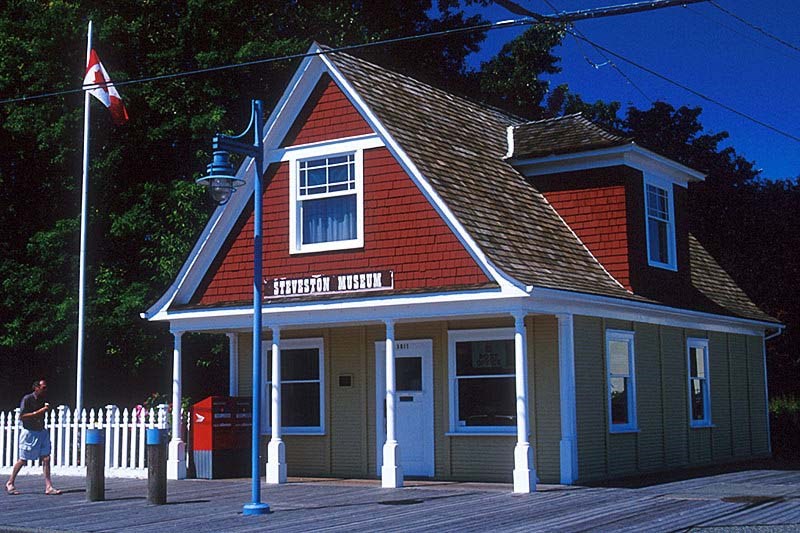
Steveston Museum, at 3811 Moncton Street, was built in 1905 as Steveston’s first bank. Today, you can step back in time and discover the people and moments that shaped the historic fishing village. Some of that rich history is exhibited by the Japanese Fishermen’s Benevolent Society, which explores the good and bad times experienced by the local Japanese Canadian community, including the dark days of the internment of the local Japanese population in the wake of the Pearl Harbor attack during the Second World War.
4. Burkeville:
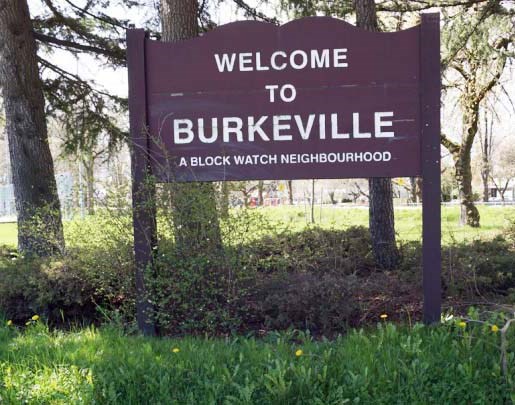
Initially constructed in 1941, the tiny community of Burkeville on Sea Island was built as a 300-plus home, planned community by the federal government’s Wartime Housing Plan to accommodate workers at the Boeing Aircraft of Canada Ltd. Burkeville was created because, during the war, significant housing shortages arose as workers arrived to supply the aircraft and munitions plants located at Vancouver Airport’s south terminal.
5. Sherman Armoury Museum:
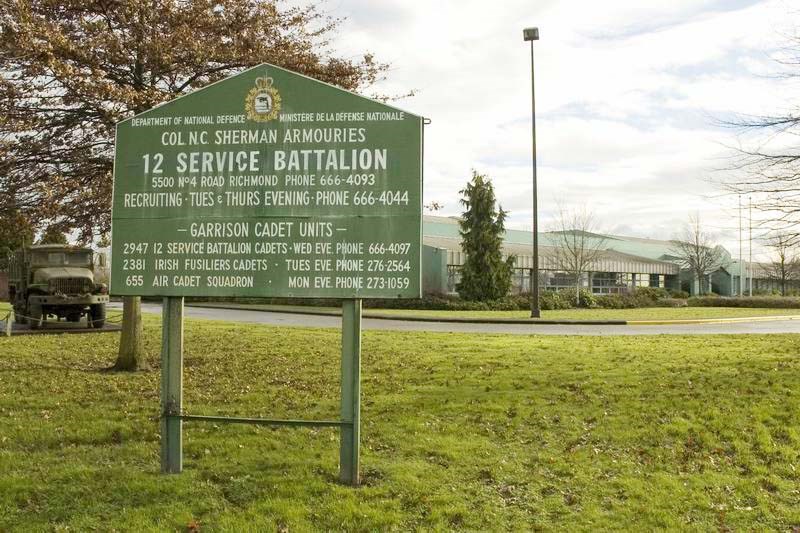
The 12 Service Battalion Museum was established in 1990 at the Sherman Armoury on No. 4 Road at Alderbridge Way, but can only be viewed by appointment Tuesday to Friday by calling 604-238-2320. The museum is in the foyer and hallways of armoury. Visitors who walk through the main entrance enter into a large foyer and are provided with a panoramic view of the past. Throughout the hallways on either side of the foyer are other cased exhibits featuring weapons, medals, and a reference library of more than 1,100 non-fiction military related volumes.
6. Gilmore Crescent:
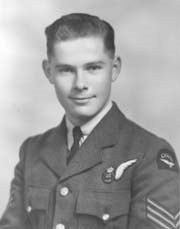
This street, between Shell and No. 4 roads in north Richmond, was named after pilot officer Hugh Boyd Gilmore, who died Aug. 1, during World War II in 1944 in German-occupied France.
Gilmore, known as “Boyd,” graduated from Richmond High School in 1940 and worked for his father, Samuel Hugh Gilmore, on the family farm at 695 Shell Road. On enlistment in the Royal Canadian Air Force in Vancouver on Nov. 18, 1942, Boyd was posted to Edmonton. He was also stationed at several bases in Quebec during his training as an Air Gunner. He was posted overseas in October 1943 and was promoted to Pilot Officer Air Gunner on July 30, 1944.
However, on his 22nd operational flight, his Halifax aircraft LV950 failed to return from an operational attack on Coquereaux, France after leaving base on July 31, 1944. Boyd and six members of his crew, were listed as missing, presumed dead. Word was received in March 1945 that he had been buried in the cemetery at St. Martin Aux Bosc, France.
7. Dolphin Avenue and Dolphin Court:
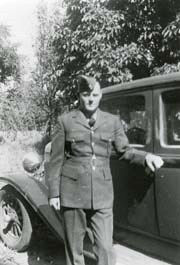
These two streets, near Garden City and Francis roads, were named after leading aircraftman Gordon Meadows Dolphin, who served during World War 2.
Dolphin was educated in Saskatchewan, where his family were farmers, before moving to Richmond in 1939, living at 491 No. 2 Road. He was serving in the Royal Canadian Air Force as an air frame mechanic and was stationed in Quebec when he was killed. Several young airmen were riding in a truck on their way home from a hockey practice when the truck overturned, and three were killed, including Dolphin. He was buried with full military honours in Mountain View Cemetery, Vancouver.
8. Turnill Street:
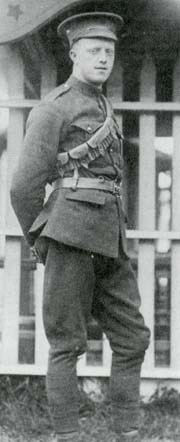
This street, near the intersection of Garden City and General Currie roads, was named after Private Edgar Samuel Turnill, who died, age 21, while serving in France during World War I.
Turnill enlisted in Victoria on April 4, 1916 aged 19 years and gave as his occupation “canner.” On enlistment, he joined the 11th Canadian Mounted Rifles and arrived in England on July 25, 1916. Prior to arrival in France, he was transferred to the 2nd Battalion Canadian Mounted Rifles. Turnill was killed in action on April 11, 1917 at Vimy Ridge.
9. Dixon Avenue:
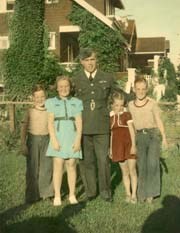
Close to Blundell and Garden City roads, Dixon Avenue was named after Flying Officer Robert Samuel Dixon, who was a well-known local athlete, representing Canada at the Empire Games in 1934 as a medal-winning javelin thrower. He enlisted in the Royal Canadian Air Force and was enlisted as a flight sergeant, pilot instructor and was first posted to Ontario. He spent much of his time, while based at Winnipeg, ferrying planes around Canada. On January 11, 1941 he was killed during a test flight of a Cessna Crane, which failed to pull out of a dive over Grosse Isle, Manitoba. Dixon is buried at Mountain View Cemetery, Vancouver.
10. Craig Court:
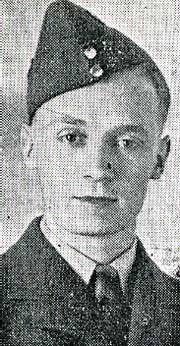
Near No. 4 and Bridgeport roads, tiny Craig Court is named after Corporal Douglas Earl Craig, who died off Sable Island, Nova Scotia, on June 3, 1941, age 24.
Craig was a Richmond resident in his youth and was a sports enthusiast at Richmond High School. He also attended Brighouse United Church, where he was a member of the Young People’s Society. He enlisted in the Canadian Royal Air Force and became a corporal with the No. 11 Bomber Reconnaissance Squadron, Dartmouth, Nova Scotia. In 1941, while on a search mission for a missing aircraft, he was one of five RCAF men killed when their aircraft, in bad weather, struck a radio mast on Sable Island, Nova Scotia and crashed.
